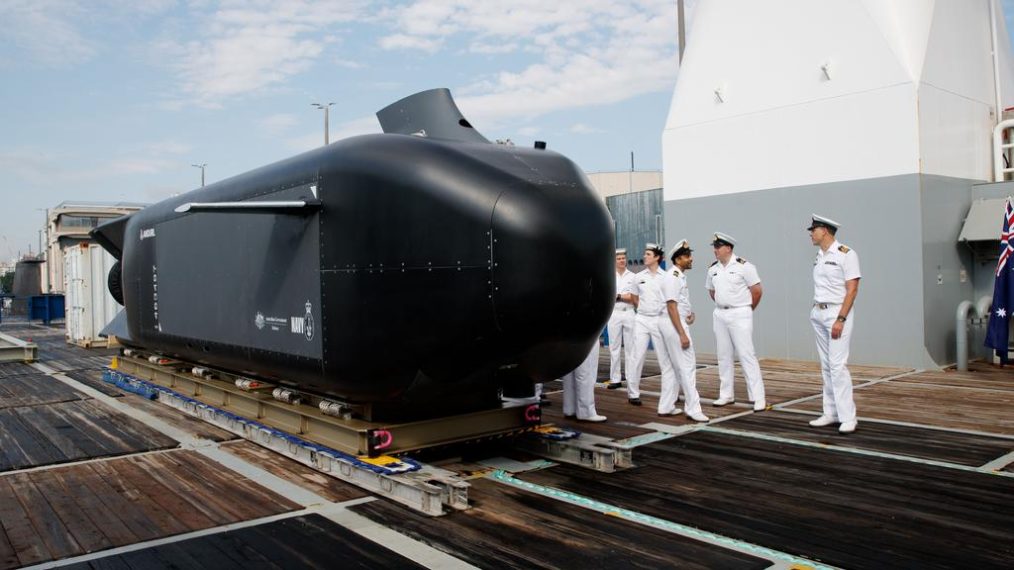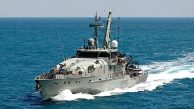
Australia’s Ghost Shark and America’s Manta Ray UUVs Transform Undersea Warfare
Australia and the United States have recently introduced advanced unmanned underwater vehicle (UUV) prototypes, signalling a leap into a sci-fi reality. These UUVs, named Ghost Shark and Manta Ray, represent a major evolution in undersea warfare by offering new capabilities that reduce human risk during conflicts.
As technology rapidly advances, militaries are investing billions to maintain a competitive edge and signal their strength to potential adversaries. Unmanned drones have become integral to modern warfare, with predictions that they may eventually replace human soldiers on the battlefield. Military personnel, instead of being on the front lines, will be operating these machines from safe distances.
The use of drones in conflicts, extensively demonstrated by the US in Iraq and Afghanistan, has drawn significant criticism from humanitarian groups due to the collateral damage they often cause. More recently, the Ukraine conflict has showcased the devastating effectiveness of drones, which have been used to drop bombs on enemy positions.
However, deploying drones underwater presents unique challenges. Unlike aerial and surface drones, UUVs cannot rely on satellites and radio waves for communication. They must contend with factors such as water temperature, salinity, and depth, which affect data transmission.
Described as “the most advanced undersea autonomous vehicles in the world,” these cutting-edge UUVs feature modular designs that support a variety of missions. For Australia, the Ghost Shark is expected to counter China’s encroachment into international waters and patrol the vast Australian coastline. According to Australia’s defence department, this UUV will provide the navy with a stealthy, long-range, autonomous capability for intelligence, surveillance, reconnaissance, and strike missions.
Vice Admiral Mark Hammond emphasized the importance of the Ghost Shark, stating, “We are a nation girt by sea, and the Ghost Shark is one of the tools we are developing for the navy to patrol and protect our oceans and our connection to the world.”
The US’s Manta Ray is designed for global deployment. It can be packed up and moved quickly, and its ability to hibernate on the ocean floor allows it to be pre-deployed and activated as needed. Dr. James Patton Rogers, a drone warfare expert, highlighted the strategic flexibility of the Manta Ray, noting its potential for deployment anywhere in the world.
Dr. Rogers also addressed concerns about the autonomy of these systems. “One of the most worrying characteristics of both drones is that they are far more autonomous than the underwater systems of the past. With increased levels of autonomy comes less human control, which may lead to machine errors or riskier deployments that could escalate existing tensions,” he explained.
These new UUVs, Ghost Shark and Manta Ray, mark a significant advancement in military technology, promising enhanced capabilities and strategic advantages while also raising important questions about the future of autonomous warfare.




